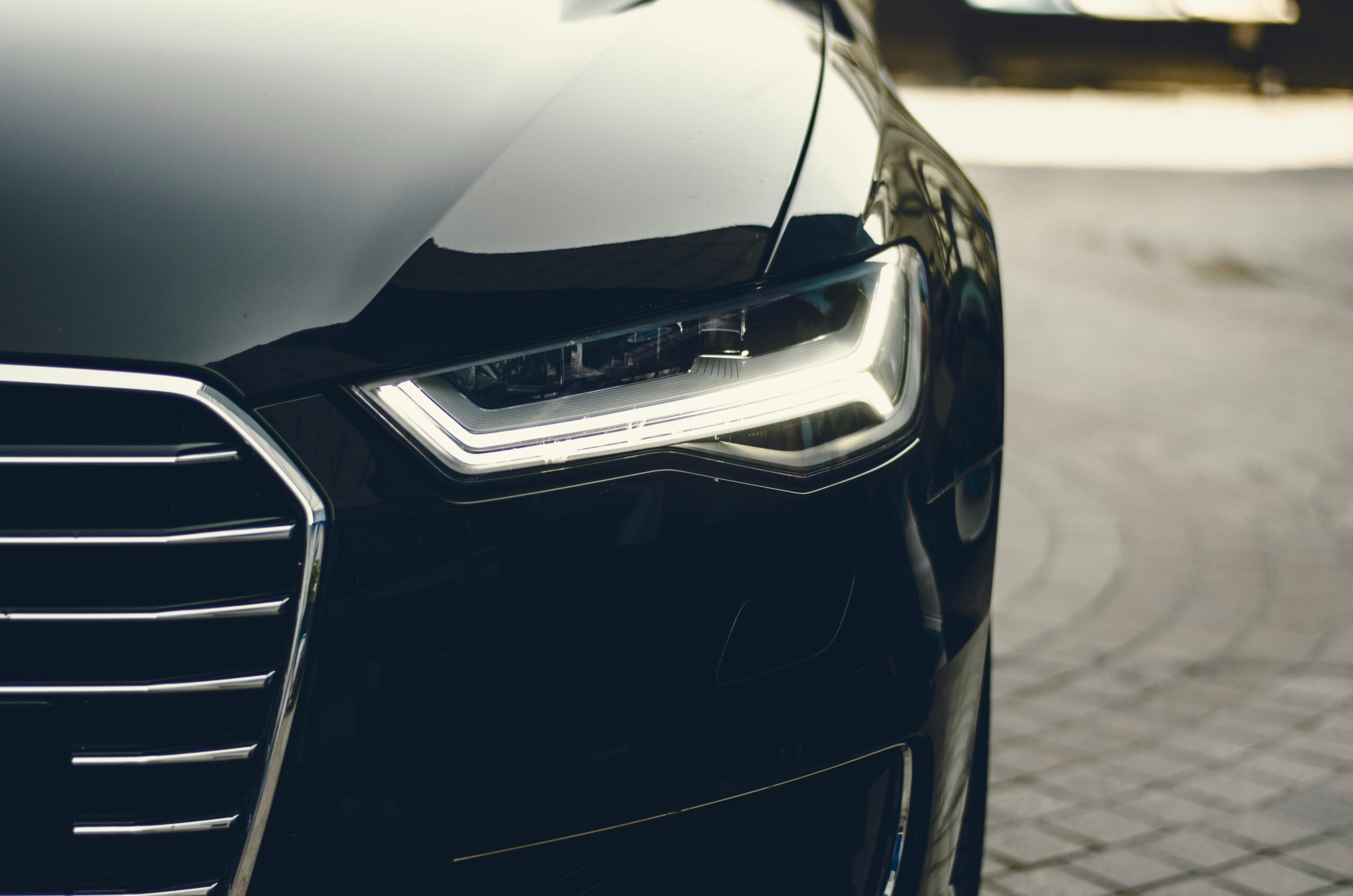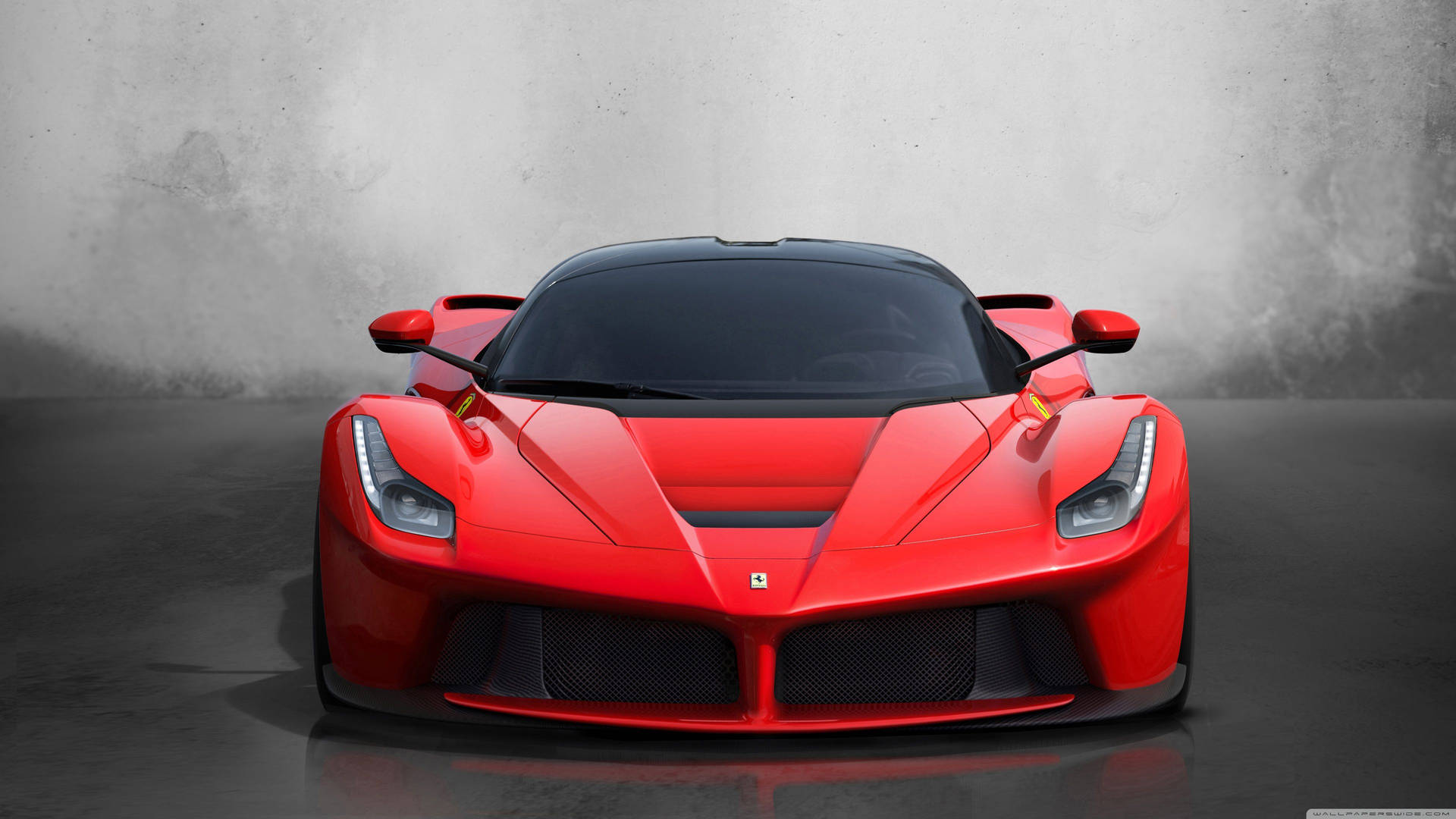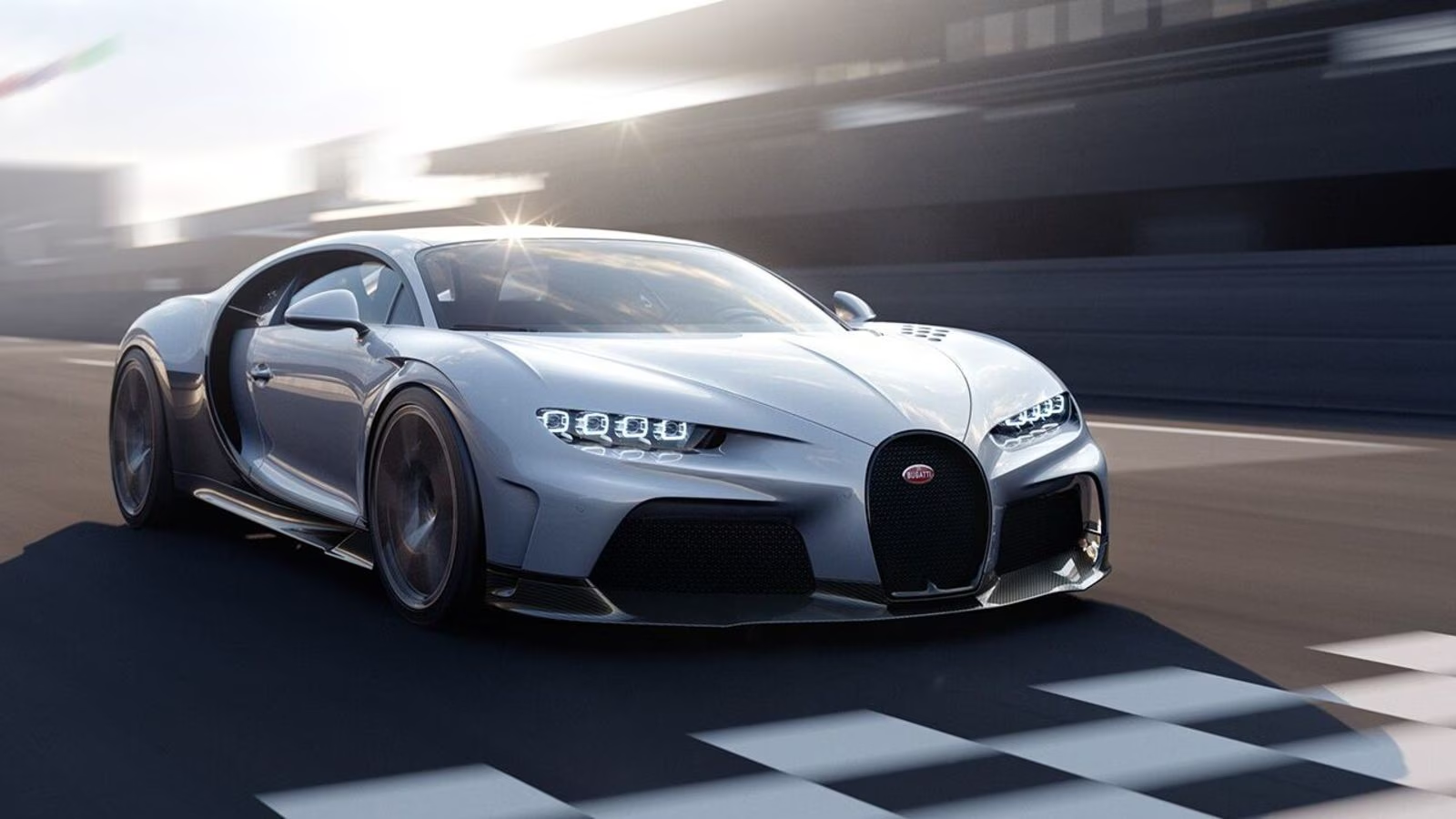When we hear words like “speed,” “luxury,” and “engineering excellence,” it’s hard not to picture supercars and superbikes. Such machines are not just mere cars-they epitomize human ingenuity, pushing what’s possible to unimaginable levels of performance, design, and technology. In this blog, we delve into the world of supercars and superbikes, and what makes them unique.
Infatuation with Speed
It is a human sentiment to be lured by speed. From the earliest days of motoring to the most advanced gadgetries of today, the supercar as well as superbikes have created excitement that has propelled many enthusiasts to be lured by their ability to go faster and perform better. The thrill of acceleration, the noise of a roaring engine, and sleek aesthetics make these machines a dream for many.
Supercars: The Titans of the Road
A Short History of Supercars
Although the word “supercar” was created in the 1920s, the definition of this sort of vehicle truly came to life only in the 1960s. It was in 1966 that the Lamborghini Miura was born. This has been considered as the first supercar of its kind, a modern one. It brought about a mid-engine layout and a design that is unprecedented.
Ferrari, Porsche, McLaren, and Bugatti have revolutionized supercars over the years through the incorporation of new innovations, which present new benchmarks to the automotive industry. Hybrid and electric technology is a new chapter in the evolution of the supercar, as can be seen in the Ferrari SF90 Stradale and the Rimac Nevera.
PERFORMANCE
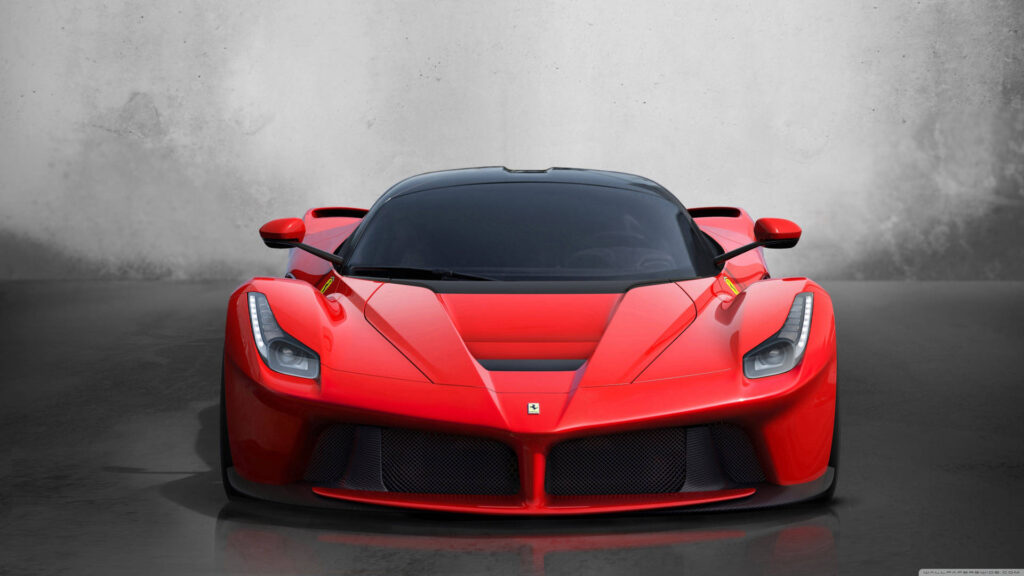
Supercars, after all are supposed to be fast and are believed to accelerate at the most. There is the world’s fastest mass-produced car being the Bugatti Chiron reaching an astonishing speed of 304 mph.
In addition, other things that make for performance include good aerodynamics with light materials being carbon fiber plus powerful engines to propel it even faster.
Design:
Beauty counts in performance, every curve every line and piece of detail drawn on the auto becomes a thing of beauty.
Iconic shapes, such as the scissor doors of the Lamborghini Aventador or the lines of the Ferrari LaFerrari, can be seen in one glance.
Technologies:
The new age of technology is defining the supercars; the performance aspects are being coupled with safety issues with active aerodynamics, adaptive suspension, and advanced ADAS.
Almost every supercar comes with the latest hybrid technology in it like Porsche 918 Spyder so that mileage gets enhanced without reducing efficiency even a little bit.
Exclusiveness:
They are also pretty exclusive, as supercars are produced in very limited numbers. Owning one is not only an investment but also belonging to an elite group of enthusiasts.
Legendary Supercars
Ferrari F40: The raw, unfiltered driving experience for the F40 based on the legend of the 1980s.
McLaren P1: The first hybrid hypercar where electric and petrol power come together for a true performance.
Koenigsegg Jesko: It is the Swedish masterpiece that can reach tops of over 300 miles per hour.
Lamborghini Huracán: Powerful and aggressive-looking vehicle with its roaring 10-cylinder V engine, so it’s great.
Superbikes: Speed on Two Wheels
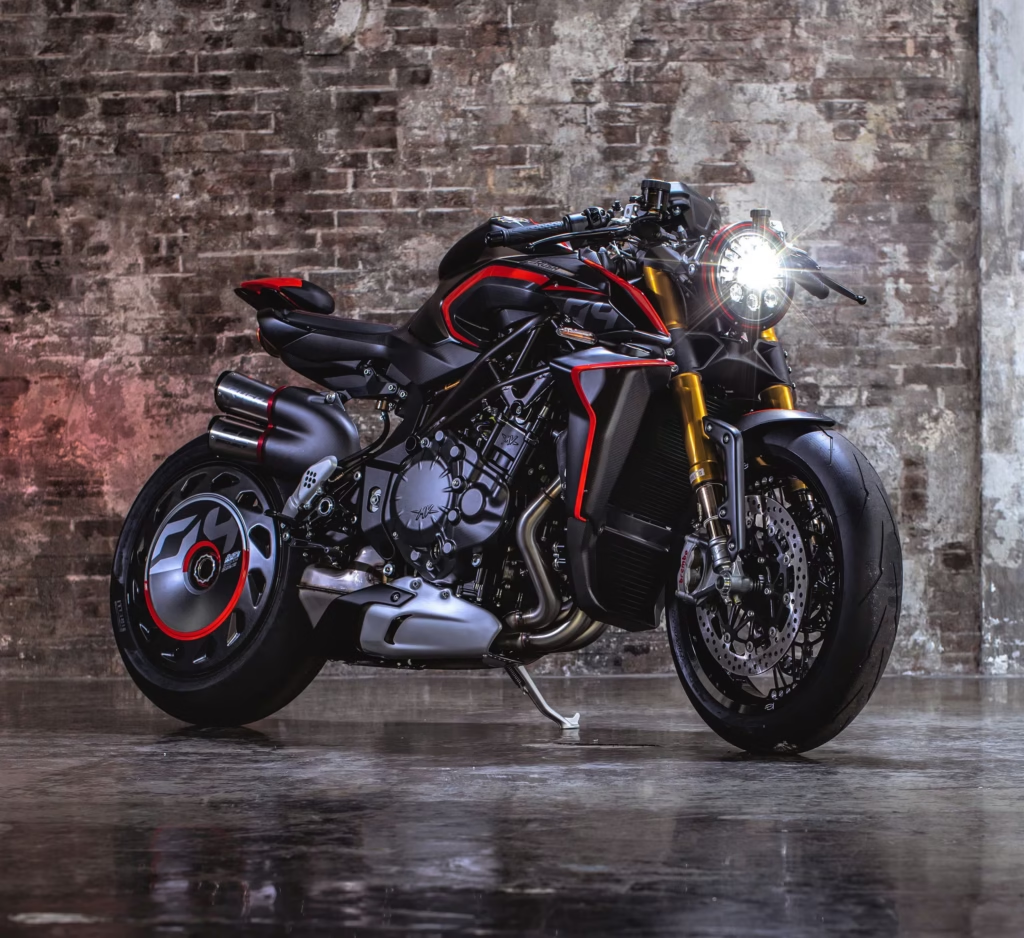
How Superbikes Were Born
Superbikes existed during the 1960s. Companies like Honda had the CB 750, one of the first high-performance motorcycles. Their machines are to give more speed, agility, and accuracy in riding experiences.
The main companies in the superbike market are Ducati, Yamaha, Kawasaki, and BMW. The companies have designed innovative models that have been at the forefront of changing standards over time.
Main Characteristics of Superbikes
Performance:
Superbikes are offered with high-revving engines, advanced braking systems, and lightened up the frame that would ensure a huge amount of speed and agility to a great extent.
Example: Kawasaki Ninja H2R touches the apex speed of 249 mph thereby making it one of the class till date in that segment.
Technology:
Superbikes comprises all the technological expertise that is provided in its identical cousins-super cars. But, in addition, it comprises traction control, ride-by-wire throttles, and cornering ABS for much-enhanced performance in conjunction with the safety parameter.
Aerodynamic wings, in particular, are mounted on some designs to facilitate better stability at a higher speed, as used in the Ducati Panigale V4.
Design:
Aerodynamics also play a part in designing superbikes. In this regard, every part, from the fairing to the tail, is designed so that the bike faces minimum drag and attains maximum speed.
Superbikes are considered aggressive and sleek bikes which present a sharp view of the vehicle.
Ride Experience
Superbikes are more visceral and engaging than cars. It has something of the thrum of leaning into a corner or pushing off on an open road.
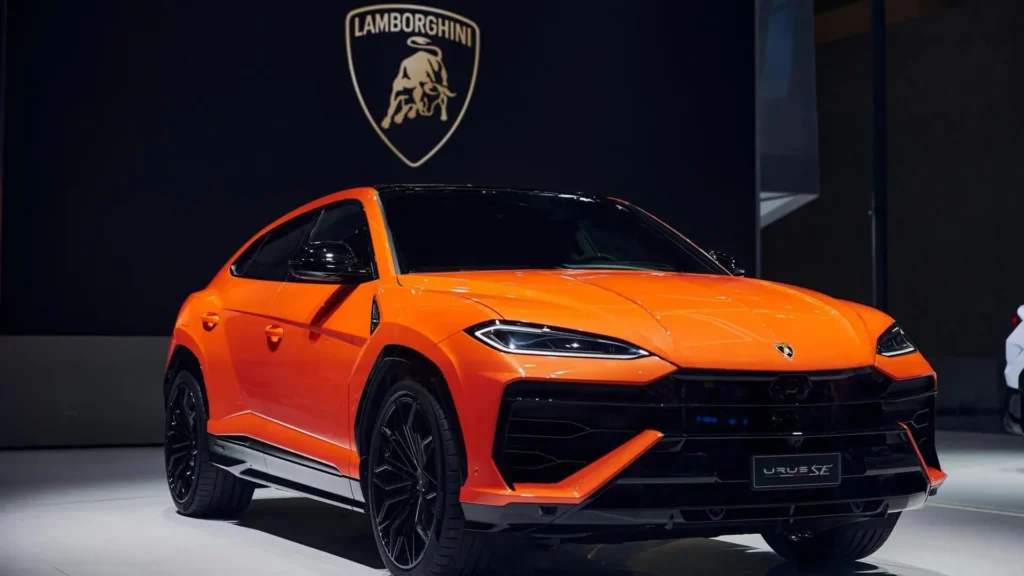
Iconic Superbikes
Ducati 916: It’s just that one that changed everything in the 1990s for its design and performance.
Yamaha R1: Known for its reliability and track-readiness.
Kawasaki ZX-10R: It is a superbike racing machine.
BMW S1000RR: All German engineering brought together with high performance and the latest technology.
Supercars vs. Superbikes: Comparison
Feature
Supercars
Superbikes
Top Speed
Up to 304 mph (e.g., Bugatti)
Up to 249 mph (e.g., Kawasaki)
Acceleration
Faster due to four-wheel grip
Extremely fast but wheelie-prone
Cost
Millions of dollars
Tens of thousands of dollars
Exclusivity
Often only a few units
Mass-produced but special editions are exclusive
Experience
Luxurious and sophisticated
Raw and visceral
Practicality
More practical for everyday use
Less practical but exhilarating
The Future of Supercars and Superbikes
Technology may advance, as well as do supercars and superbikes. Trends that will frame their future follow:
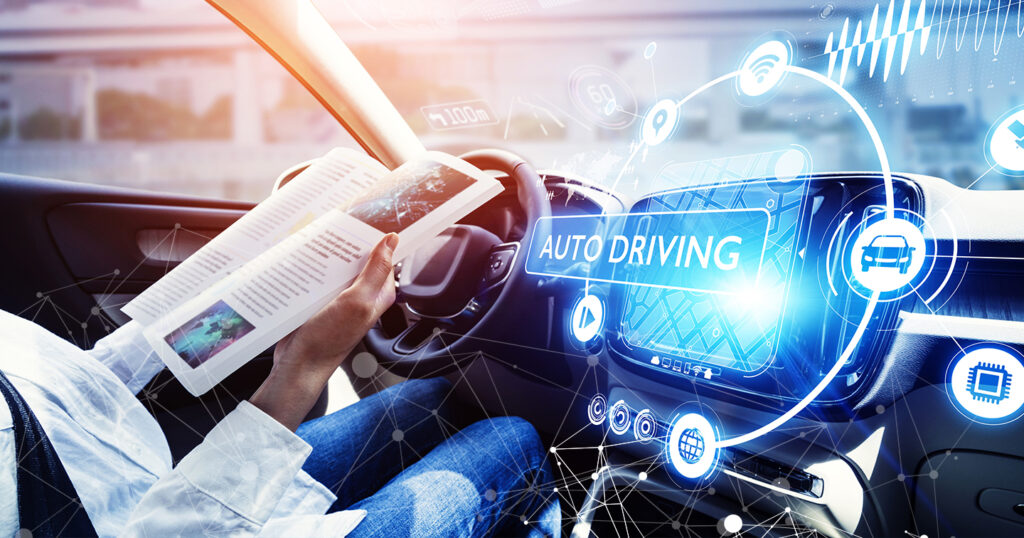
Electrification:
It is clear, through the likes of Rimac Nevera electric supercars and even the electric superbikes called Energica Ego, that excellent performance is absolutely possible without the combustion engine or for that matter.
The battery technology promises so much better length and performance coming into the subsequent years.
Self-Driving Technology:
Even while taking full autonomy as a possibility-though probably not so feasible on superbikes-it is the makers of supercars, which are also more feasible with respect to introduction of semi-automatic technologies to make more safety and comfort, etc.
Sustainable
The companies are embracing sustainable materials and processes that can be minimized in making an impact by the vehicles upon the environment.
Hybrid powertrains and alternative fuels also join the fray.
Customization and Personalization:
The use of advanced manufacturing techniques, including 3D printing, means that there is much more scope for customization, allowing the buyer to have machines that are really unique.
Connectivity:
Other features now include integrated infotainment systems, smartphone connectivity, and real-time performance monitoring.
Cult Status of Supercars and Superbikes
Good or bad, cult status aside, the appeal of supercars and superbikes sees them occupying movie, video game, and even music video screens. It is enough that the Goodwood Festival of Speed and MotoGP races can fill stadia in celebration of their passion for the machines.
Car and bike clubs, forums, and communities on social media are places that enthusiasts go to share their experience, show their vehicles, and connect with similar-minded people. These are the lifeblood of the culture.
Supercar or Superbike: The Dream Owner
Dreaming of being a supercar or superbike owner is very common. Still, with all the glories comes the great responsibility:
Maintenance:
These automobiles/bicycles are attention-craving; their servicing is always required. Tactically knowledgeable people and some special parts will have to be accessed.
Such a car/vehicle may get an insurance that would prove to be dearer. This cost reflects not only the expense of the automobile but also other risks.
Storage:
The apt storage ensures maintaining these vehicles well. Climate control garages usually are required in this case.
Driving/Riding Skills:
These machines require a certain level of skill and experience. Training programs and track days can help owners harness their full potential safely.
Conclusion
They form the ultimate edge of automotive and motorcycle engineering. This is not simply a car and bike, but it means ambition, innovativeness, and a pursuit to excellence. And whether it be the Bugatti Chiron blistering speed ride or the adrenal rush of going on a ride with a Ducati Panigale, no one can beat its experience.
It only means that supercars and superbikes have an even brighter future with the new technology. The next generation of this product promises to be quite interesting because it will keep on getting more exciting.
It will bring ideas of what is possible for the supercar and superbike aficionado if only that boundary of the possible is continually pushed. To the dreamer, these machines stand out in the motoring industry.
